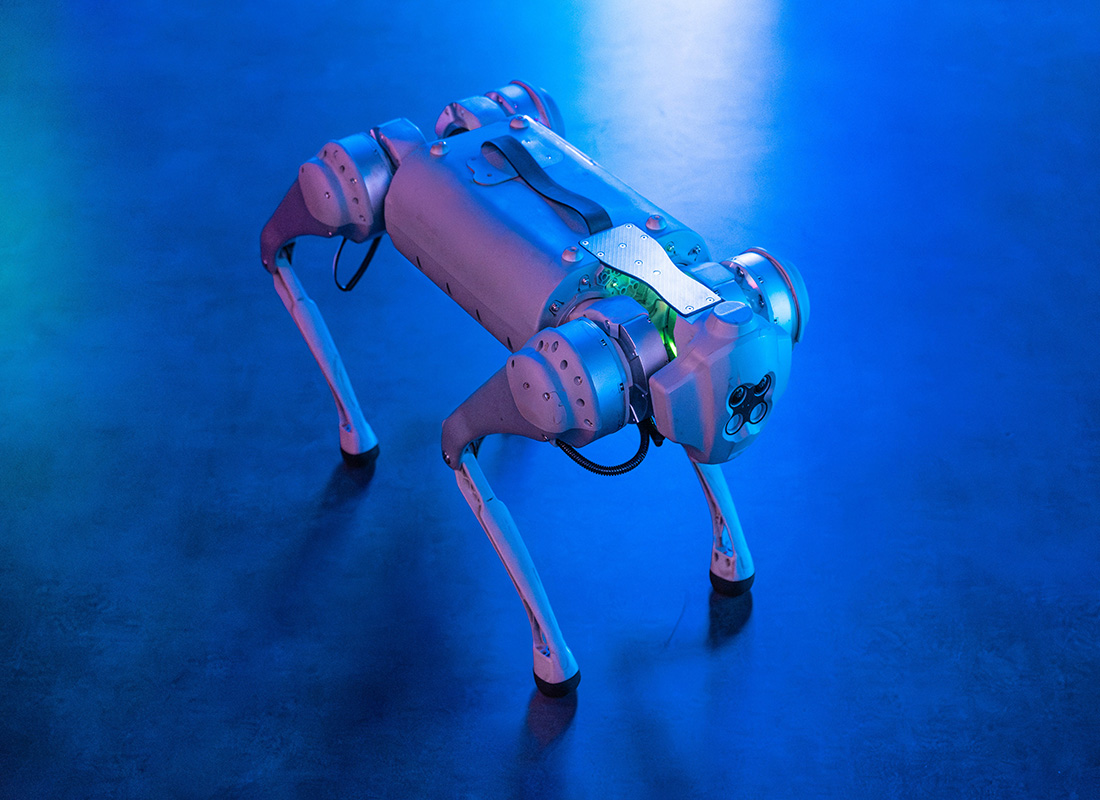We all see the world from different perspectives, and the sum of perspectives help us to get a better/fuller understanding of our world. In this article, we share a perspective on engineering services for business. This perspective can be summarised as: Intelligent Laziness - strategies to achieve equal or better productivity with equal or less effort and minimal stress. To illustrate how we try to achieve this, we will use five metaphors:
- Factory
- Pattern
- Framework
- Process
- Service
The factory - a first glance
When people think of factories, they imagine the primitive / simple product-focused line that spews out large numbers of identical, low-value items.
But there is another perspective; the advanced / composite service-focused systems that create a few bespoke high-value units to specific customers.
There are similarities, in that both are repetitive and they both transform inputs to outputs. But there are significant differences too. The primitive factory involves lower risk, and less complexity whilst the advanced factory multiplies risk due to composition and customisation. There is a direct relationship between value and complexity, and it is often the case that the advanced factory uses outputs from primitive factories.
But factories occur in software engineering too, and the underlying principles apply here also. Whereas it is common to talk of dichotomy in software engineering: is it a science or an art? Software factories do not suffer such ambiguity. For every factory, whether hardware or software, two principles always apply:
- The outcomes are predictable
- The process is repetitive
Careful study of any system reveals re-occurring things / trends the production of which can be achieved with the factory principles. This is equally true in a McDonalds restaurant as in a Rolls-Royce workshop. This is also true in software engineering, especially service engineering.
The pattern
The re-occuring things / trends in a factory are patterns. The predictability of the output of a factory and the fidelity of repetition depend on patterns. Patterns are fundamental to factories. In a factory, there is a need to understand what is to be produced and the patterns that are involved in its production. Each pattern is a kind of template. Given certain input and application of the template, a given output is guaranteed. A factory is likely to involve mastery of one or more patterns, depending on the type of factory. Fewer patterns generally reflect superior understanding of the problem domain. However, some patterns go through special evolution (exaptation) and could become the focus of a factory in their own right.
The framework
The collection of patterns required to create a given output can be described as a framework. A good analogy is a box of Lego. It is a composite of patterns, which can be put together to create the structure illustrated on the box / packaging. The framework identifies all requisite patterns for a given output, and usually in a given technical / business context. Each pattern in a framework form synergies and are known to be beneficial in the specified context; examples of frameworks include building regulations (hardware) or Oracle AIA (software).
The process
Of course, having all the pieces of Lego is insufficient to construct the picture on the box. The process elevates the framework from static to dynamic. The process describes how the patterns in a framework are to be sequenced and aggregated in a way that delivers synergy and the best output. The framework is a snapshot, whereas the process describes a flow from conception to completion. For business services, the process is the first point where IT and business meet. The process shows how value can be created while hiding (abstracting) the taxonomy / ontology of patterns and the framework(s) employed.
How does all of this come together, especially in our daily lives as software engineers serving businesses? And how does this help our clients (the business) better compete? Join me in the next instalment where I will be looking at the benefits, business connection, and potential future impact.












